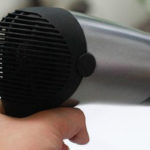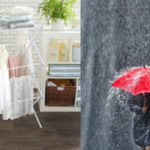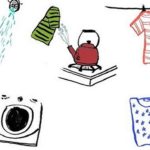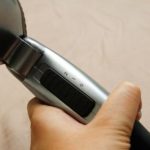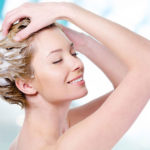According to Chen Xinhong, a Traditional Chinese Medicine expert at Xingfuhan Hospital, mastering the proper way to brush your hair, choosing the right shampoo, and using a hair dryer correctly can play a crucial role in nourishing and protecting your hair. Implementing these methods regularly for three months will help you see significant improvements.
Proper Hair Brushing
Choosing the Hairbrush
Since brushing your hair can generate static electricity and cause damage to the hair’s protective cuticle, it is important to choose a brush made of natural materials like wood and avoid plastic brushes.
When considering the characteristics of different hair types, those with thick, long, or coarse hair should opt for a brush with thicker bristles. On the other hand, those with thin, short, or delicate hair should choose a brush with more sparse bristles. For straight hair, a medium-sized brush is a good choice; for straight and long hair, a larger brush can be used; and for curly hair, a cylindrical brush is more suitable.
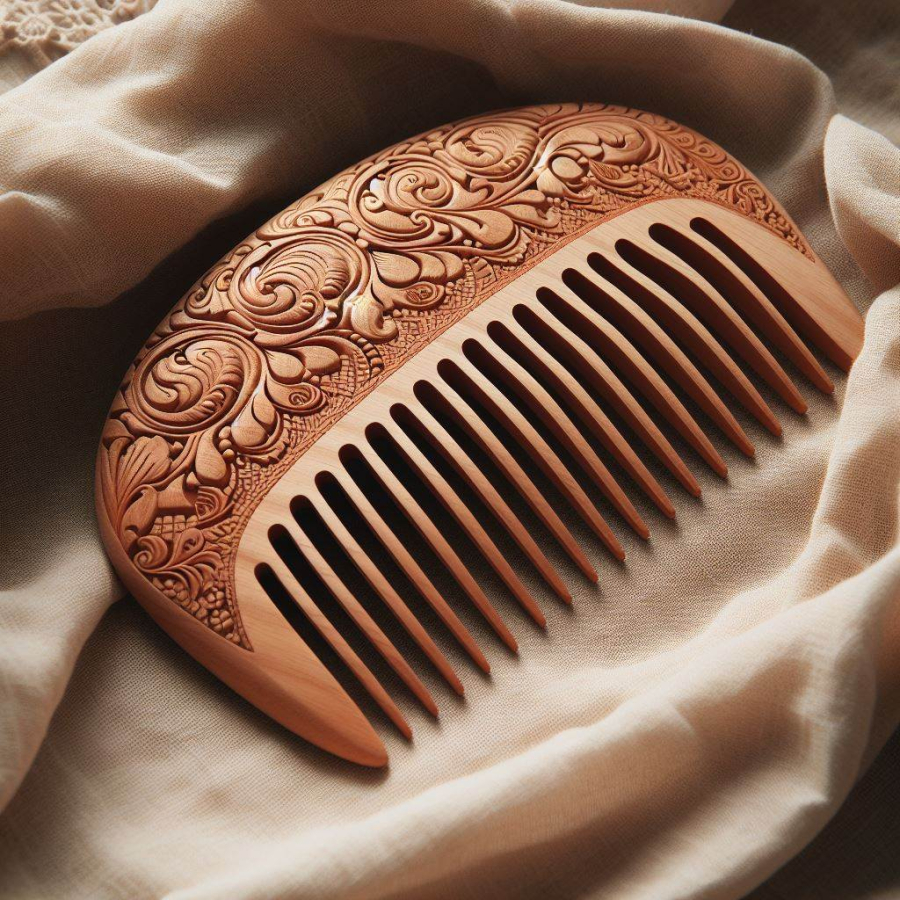
Choosing a brush made of natural materials like wood is important
Brushing Technique
Chen Xinhong emphasizes that brushing your hair not only helps keep it tidy but also has other important benefits such as promoting blood circulation in the scalp, enhancing metabolic activity in hair follicles, providing more oxygen, and effectively removing shed hair strands.
Regular brushing also helps massage the acupuncture points on the head, thereby improving metabolic activity. You should brush your hair from the front to the back, starting from the forehead and brushing backwards along the hairline. Then move to the sides and the area above the ears, continuing the brushing direction from the front to the back. Finally, brush from the top of the head down to the back of the neck, brushing evenly for both the top and the sides, always maintaining a downward brushing direction.
Shampoo Order
Choosing the Shampoo
It is advisable to use scalp-cleansing products with gentle and uncomplicated ingredients. The main purpose of shampooing is to remove dirt and residues from the metabolic process on the scalp. By keeping the scalp clean, the hair follicles can maintain healthy growth. Therefore, any product that can effectively cleanse is suitable, but shampoos with natural and simple ingredients are usually better for the hair.
If you have an oily scalp, look for shampoos with oil-control properties. If your scalp quickly becomes oily, your hair becomes flat, and you experience clumping shortly after shampooing, it indicates strong oil secretion and you should choose a shampoo with oil-control properties. In hot weather conditions or when you sweat a lot, you may need to increase the frequency of hair washing. However, for sensitive scalps, it is recommended to consult with a doctor to find the most suitable shampoo.
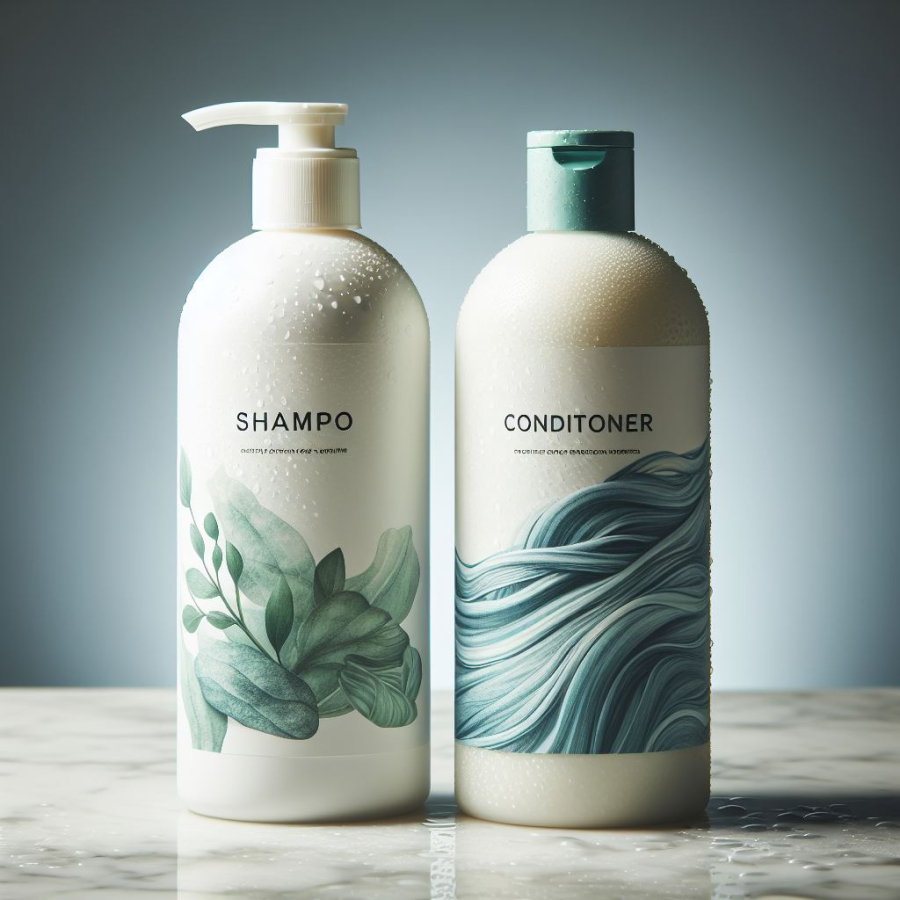
It is advisable to use scalp-cleansing products with gentle and uncomplicated ingredients
Shampooing Technique
People experiencing hair loss or thinning may notice significant thinning in the forehead and crown area, so proper cleansing of these regions is crucial. Limit excessive shampoo use and avoid direct application to the hair. Shampooing too frequently may not benefit hair nourishment or promote hair growth.
Before shampooing, use a wooden comb to gently brush the hair downwards for about 2 minutes. Then, evenly wet the hair and scalp with warm water. Take an appropriate amount of shampoo and lather it in your palms, then use your fingertips to gently massage the scalp to remove dirt and relax the scalp. Chen Xinhong advises starting the cleansing process from the sides and front of the head, then proceeding to the rest of the scalp and the forehead.
Adequate Blow-drying is the Best Way to Nourish the Hair
Choosing the Hair Dryer
Using a hair dryer gently and with moderation is the key to protecting your hair. Blow-drying with high fixed temperatures or concentrated heat on a specific area can cause hair damage, so it is advisable to choose a hair dryer that allows you to control the heat. Hair dryers with the ability to switch between hot and cold air are also helpful in minimizing the consequences of continuous exposure to hot air. Moreover, it is necessary to adjust the airflow of the hair dryer to match the thickness and density of the hair to shorten drying time and minimize the risk of hair damage.
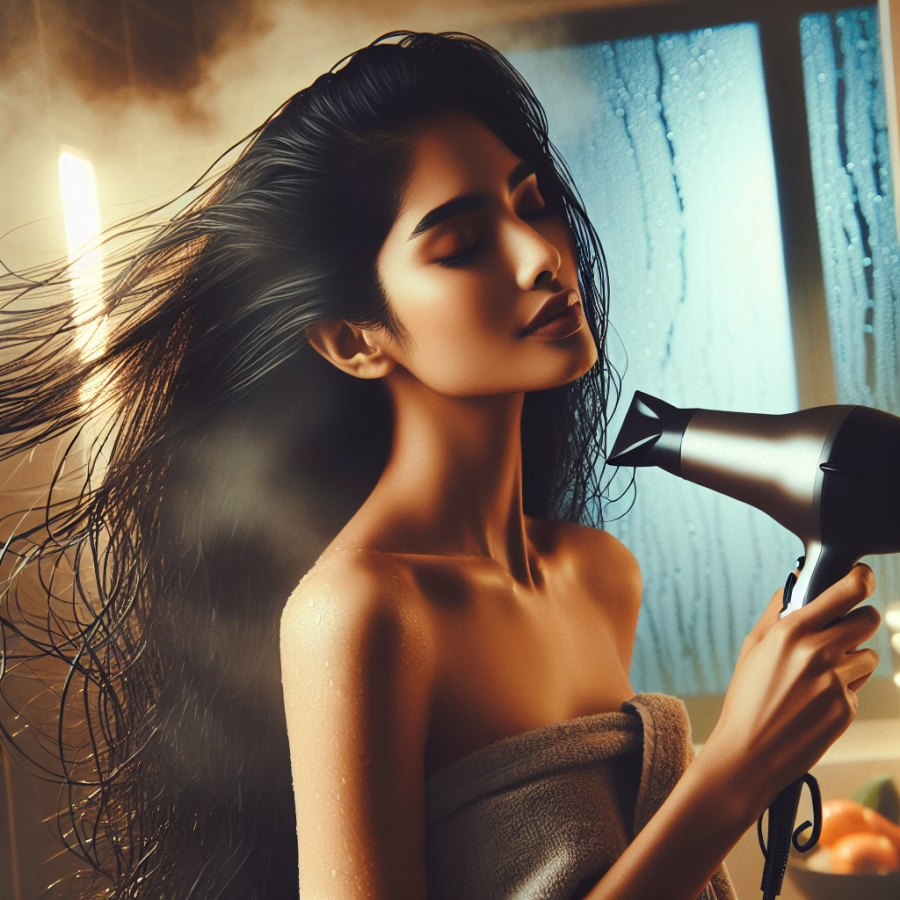
Using a hair dryer gently and with moderation is the key to protecting your hair
Blow-drying Technique
Begin by using a towel to gently blot dry the hair. After shampooing, you can wrap your hair in a towel and gently press it to remove excess water. Chen Xinhong recommends avoiding vigorous rubbing to prevent damage. During the blow-drying process, set the hair dryer to warm and gentle airflow and start drying from the hair roots. Tilt your head forward to expose the back hairline and dry until the hair is half-dry. Then, move the hair from side to side to reveal the hairline on the left side and dry until it is half-dry before moving to the opposite side.
Continue brushing the hair with one hand while blow-drying from the roots to the tips. For the hair ends, switch to cool air for drying. Keep the hair dryer at a certain distance from the head and gently shake the dryer during the process. Use cool air from the top down to complete the drying of the hair ends. Finally, gently brush the hair to finish the process.
Start by brushing your hair from the front to the back, beginning at the forehead and moving along the hairline. Then, focus on the sides and the area above your ears, maintaining the same brushing direction. Finally, brush from the top of your head down to the back of your neck, ensuring even brushing on the top and sides, always brushing downwards.
It is recommended to use scalp-cleansing products with gentle and uncomplicated ingredients. If you have an oily scalp, look for shampoos with oil-control properties. For sensitive scalps, consult a doctor to find the most suitable option. The main purpose of shampooing is to remove dirt and residue, so any product that effectively cleanses while keeping the scalp healthy is ideal.
Before shampooing, gently brush your hair downwards with a wooden comb for about 2 minutes. Wet your hair and scalp with warm water, then take a suitable amount of shampoo and lather it in your palms. Use your fingertips to massage your scalp gently, removing dirt and relaxing the scalp. Start cleansing from the sides and front of your head, then move to the rest of the scalp and forehead.
Adequate blow-drying protects your hair by gently removing excess water. When choosing a hair dryer, look for one that allows you to control the heat and switch between hot and cold air. This helps minimize the potential damage caused by continuous exposure to hot air. Adjust the airflow according to your hair’s thickness and density to shorten drying time and reduce the risk of hair damage.
After shampooing, gently blot dry your hair with a towel. Set your hair dryer to a warm and gentle airflow, and start drying from the hair roots. Tilt your head forward to dry the back hairline first, then move your hair to the sides to dry each side thoroughly. Continue brushing your hair while blow-drying from the roots to the tips. For the hair ends, switch to cool air for drying, and gently shake the dryer during the process. Finish by gently brushing your hair.

























